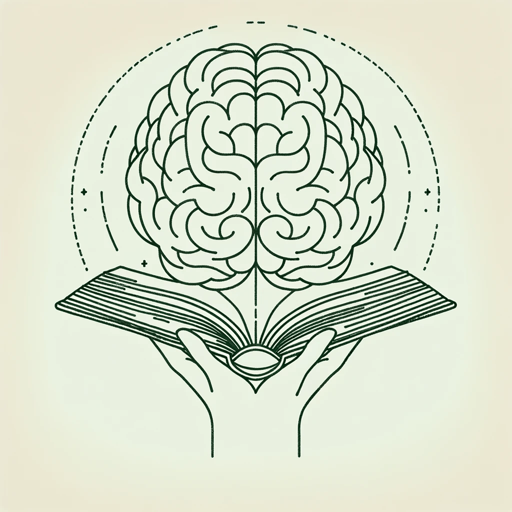60 pages • 2 hours read
C. G. JungMan and His Symbols
Nonfiction | Book | Adult | Published in 1964A modern alternative to SparkNotes and CliffsNotes, SuperSummary offers high-quality Study Guides with detailed chapter summaries and analysis of major themes, characters, and more.
ConclusionChapter Summaries & Analyses
Conclusion Summary and Analysis: “Science and the Unconscious”
Marie-Louise von Franz forms the conclusion around the assertion that the nature of the psyche and the archetypes within it is still vastly unknown. Jung’s theories and practices only scratch the surface. What is known is how crucial these archetypes influence every aspect of a person’s life. Von Franz states that archetypes exist in every facet of human activity as a sort of “dynamic background activity” (265).
She explains that the theories described in Man and His Symbols provide a gateway to investigation and possibility. She discusses how Jung’s work has contributed to various fields of inquiry, including literature and art, music, anthropology, and psychology. Jung’s theories also sparked new theories in the field of biology, where the question of how evolution occurs is developing new implications based on unconscious processes. Synchronicities occur in science frequently, notes von Franz, citing the example of Darwin and Wallace arriving at the theory of evolution simultaneously but separately. She further explains that microphysics is being impacted by Jung’s theories as well, arguing that the basic principles of physics were suggested by early Greek philosophers and suggest a human 








